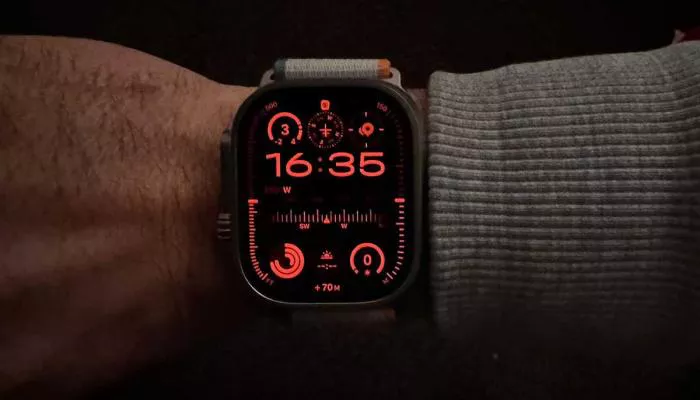Since introducing cellular functionality in 2018, the Apple Watch has closed the gap with rival smartwatches offering LTE support. But with newer models processing Siri requests on-device and eliminating some reliance on connectivity, is cellular still a must-have feature?
Given the additional $100/£100 cost for the cellular version—plus ongoing data plan expenses—many buyers question whether the upgrade is justified. Below, we break down the key advantages and drawbacks to help you decide.
Why a Cellular Apple Watch Makes Sense
The primary benefit of LTE connectivity is independence from an iPhone. Users can leave their phone behind while still making calls, receiving messages, and accessing online services. While basic functions like Apple Pay and fitness tracking work offline, cellular expands the watch’s standalone capabilities.
For fitness enthusiasts, LTE offers added convenience. Runners can stream music directly from Apple Music or other services instead of preloading tracks. Real-time notifications—such as iMessages and emails—remain accessible during workouts, though some may find them distracting.
Emergency features also gain reliability with cellular. The SOS function can contact emergency services without Wi-Fi or a nearby iPhone—a critical advantage for elderly users or those in remote areas.
Additionally, cellular is essential for full functionality in Apple’s Family Setup, which allows parents to configure a watch for children without an iPhone. While not mandatory, LTE enables features like calls and messaging.
Reasons to Skip the Cellular Upgrade
Many Apple Watch features work fine without LTE. Wi-Fi suffices for most tasks, and newer models handle Siri requests locally, eliminating the need for an internet connection.
Most users keep their iPhone nearby, reducing the necessity for standalone cellular. Notifications, calls, and apps sync seamlessly via Bluetooth, making LTE redundant for many.
Battery life is another consideration. Cellular usage drains power faster, particularly with music streaming and constant notifications. Users prioritizing longevity may prefer disabling LTE to extend daily usage.
Finally, cost is a significant factor. Beyond the higher upfront price, cellular plans add recurring expenses—either as a separate data plan or a shared subscription with an iPhone.
The Bottom Line
For most users, the benefits of cellular may not justify the added expense and battery trade-offs. However, those who frequently exercise without their phone, rely on emergency features, or use Family Setup may find LTE worthwhile. Assess your needs carefully before deciding.
Related topics:
- Every new Apple product coming in 2025
- Best Apple Watch deals this month
- Best Apple Watch: Which Apple Watch to buy in 2025


